This article will explore the various options available to those who need to deal with a dead horse. From the proper disposal of the carcass, to the use of the components for other purposes, this article will provide a comprehensive guide for those dealing with this difficult situation.
Reasons for Dead Horses
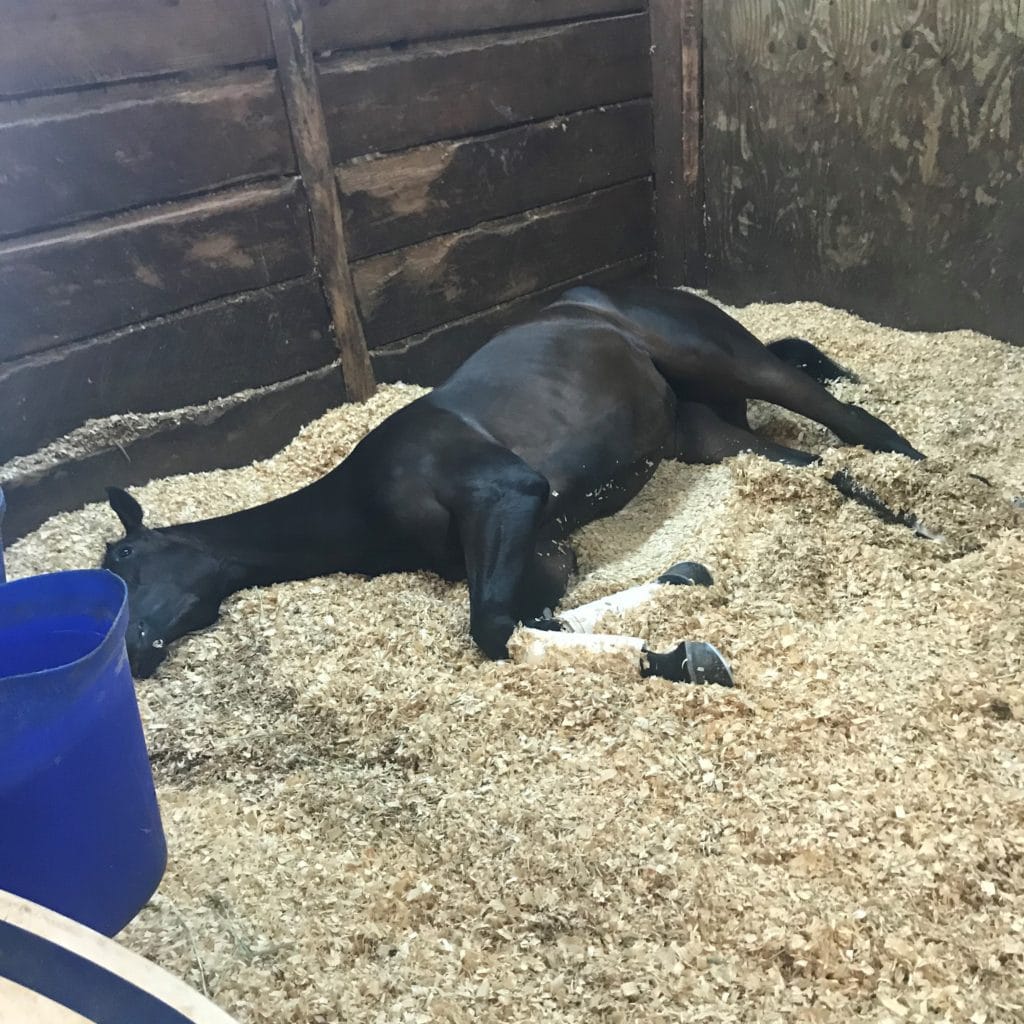
There are a variety of reasons why a horse might die, including natural causes, accidents and disease.
Natural Causes
- Old age
- Loss of fertility
- Loss of appetite
- Dehydration
Accidents
- Collisions with vehicles
- Falls from high places
- Injuries resulting from fights
- Injuries due to mishandling
Disease
- Equine Infectious Anemia
- Equine Herpes Virus
- West Nile Virus
- Potomac Horse Fever
Options for Disposal of a Dead Horse
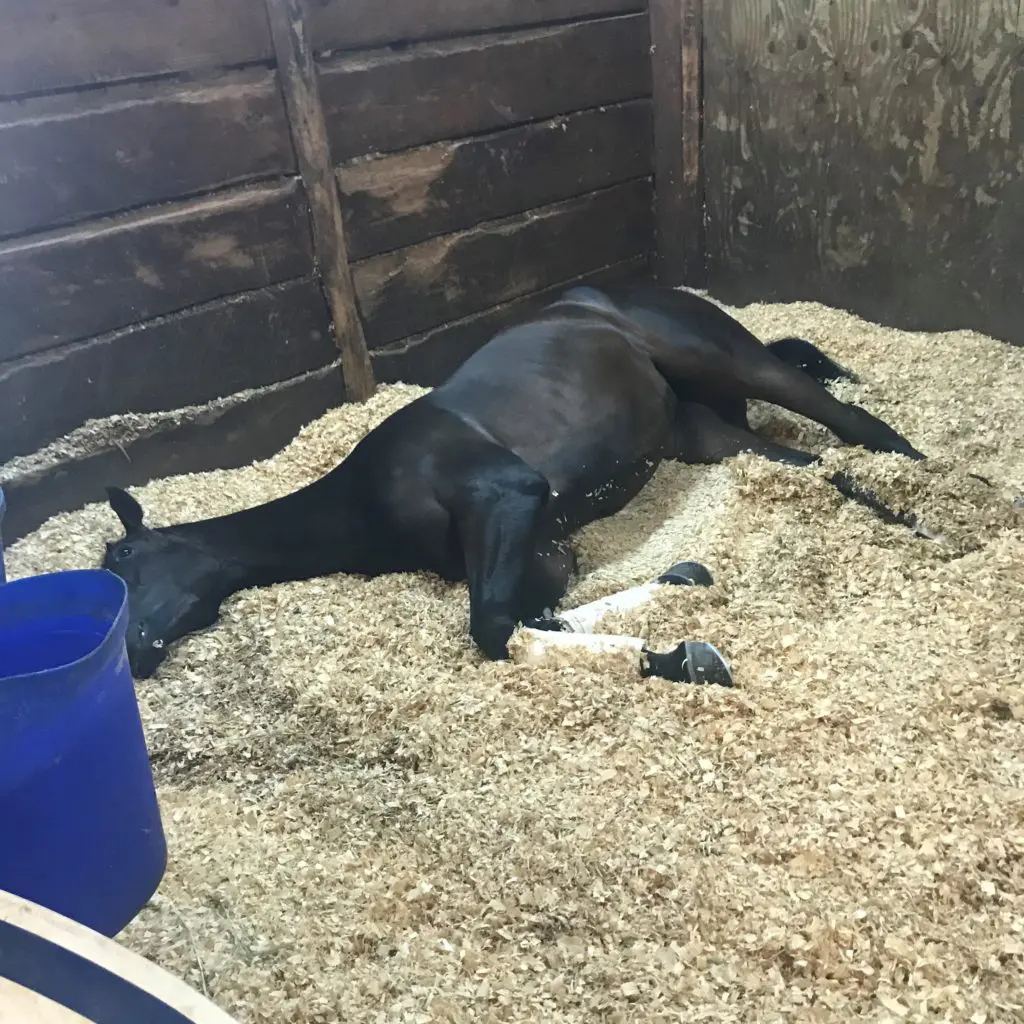
Burial
Burial is the most common method of disposing of dead horses. The horse must be buried in an area that is not close to a water source, as the bacteria from the decomposition process can contaminate the water source. The burying of the horse must also be in accordance with all local laws and regulations.
Incineration
Incineration is a more costly option, but it eliminates the risk of contaminating water sources. It also eliminates the need to transport the carcass to a rendering plant.
Rendering
Rendering is the process of turning a dead animal into useful products, such as fertilizer or pet food ingredients. Rendering plants are located in many areas and the carcass must be transported to the plant for disposal.
Donation
In some cases, a dead horse can be donated to a research facility or veterinary school for use in medical or educational studies.
Composting
Composting is another option for disposal of dead horses. Composting can be done on a small or large scale and is a natural way to dispose of the animal. Composting does require careful management and should be done in accordance with all local laws and regulations.
Considerations for Disposal
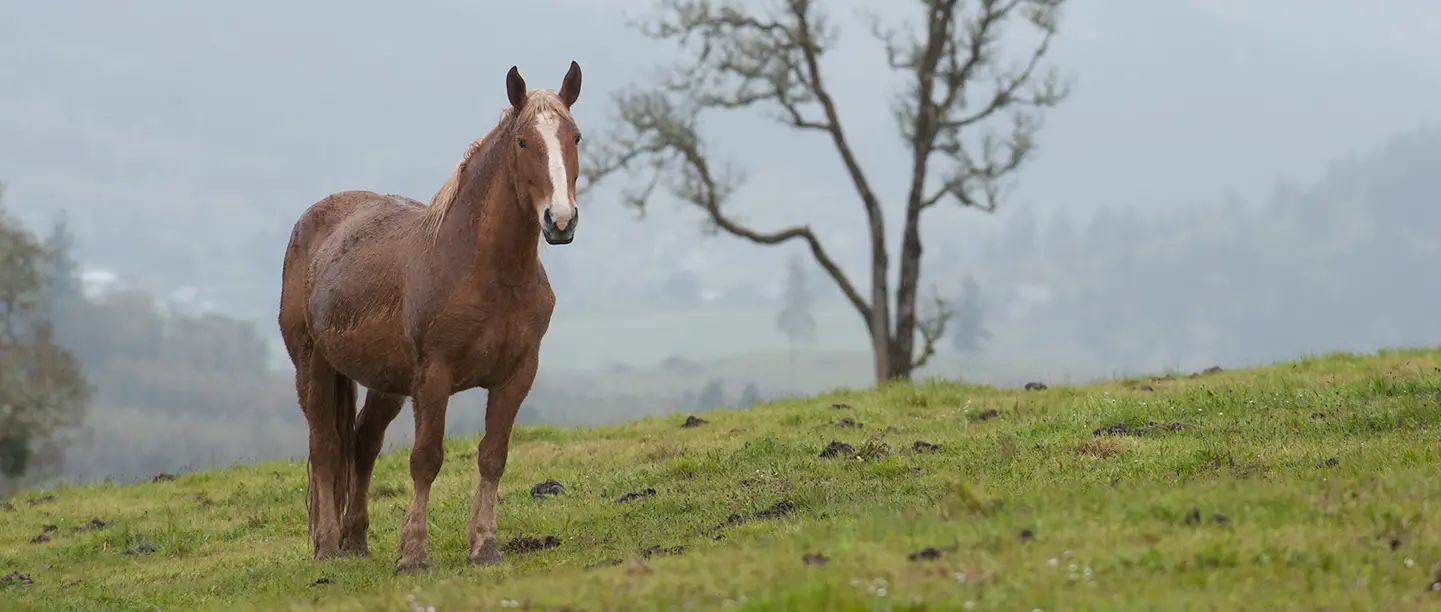
When faced with the task of disposing of a dead horse, there are a few important factors to consider:
- Where the horse is located: Depending on the location, some disposal methods may be more feasible than others.
- Cost: Disposal methods may vary in cost and require different amounts of resources to complete.
- Environmental Impact: Disposing of a horse may produce a large amount of waste. It is important to factor in the environmental impact of different disposal methods.
- Time: Depending on the disposal method, the task can take anywhere from a few hours to several days.
- Legal Requirements: Different regions may require different procedures for disposing of a dead horse. It is important to research the regulations of your area before making any decisions.
Legal Requirements
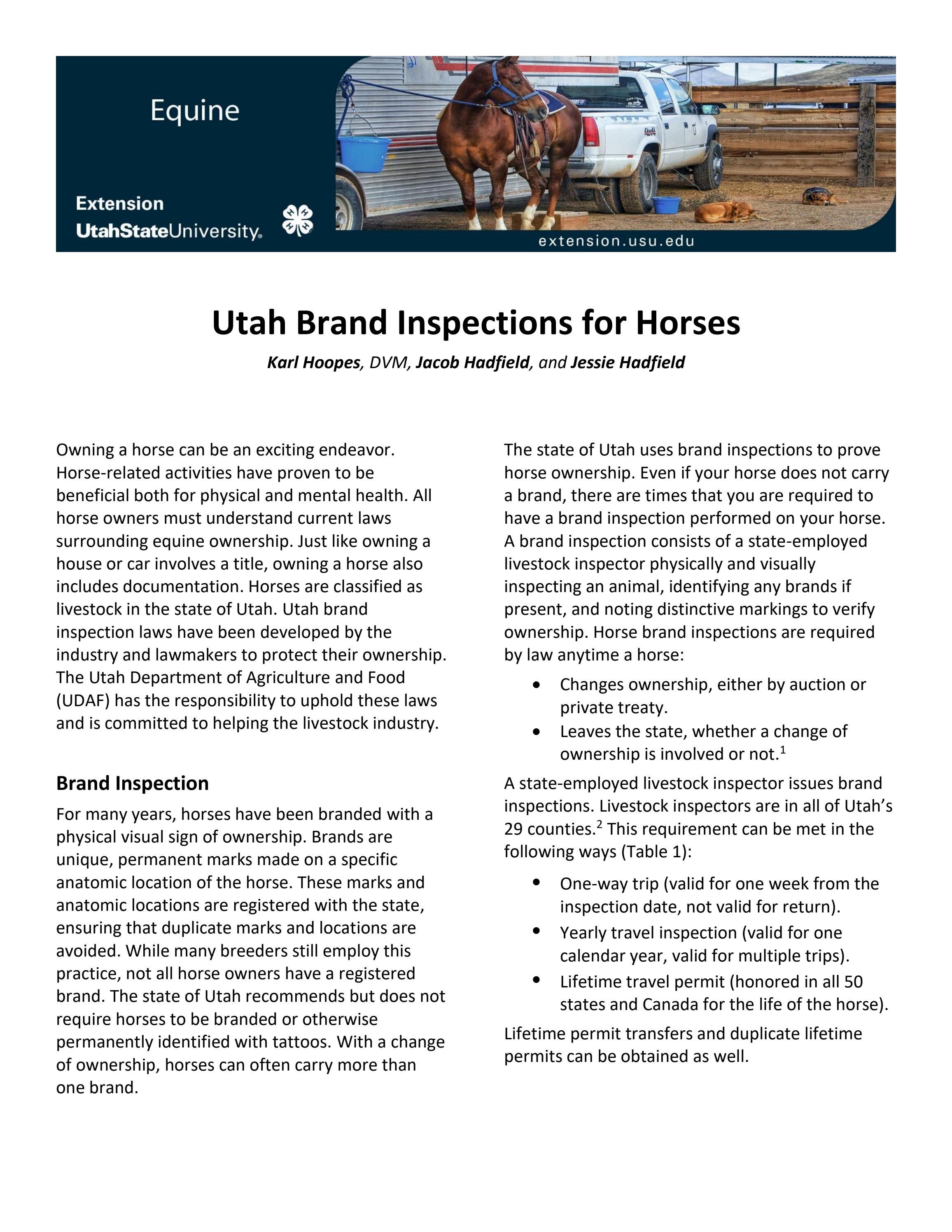
When dealing with a deceased horse, there are several legal requirements that must be followed. Depending on the country or state, these requirements can vary. Generally, the owner of the horse must inform the local health authority as soon as the animal has died. The local health authority may have specific regulations for the disposal of the animal.
In some cases, the health authority may require the horse to be transported to a disposal facility. They may also require the horse to be buried on the property. If the horse is buried, the local health authority may have regulations for the burial that must be followed.
In some cases, the health authority may require the owner to seek a permit before disposing of the animal. The type and cost of the permit may vary, depending on the type and size of the animal.
When disposing of a deceased horse, the owner must ensure they are in compliance with all applicable laws and regulations. Failure to comply with the local health authority’s regulations can result in fines or other penalties.
Environmental Factors
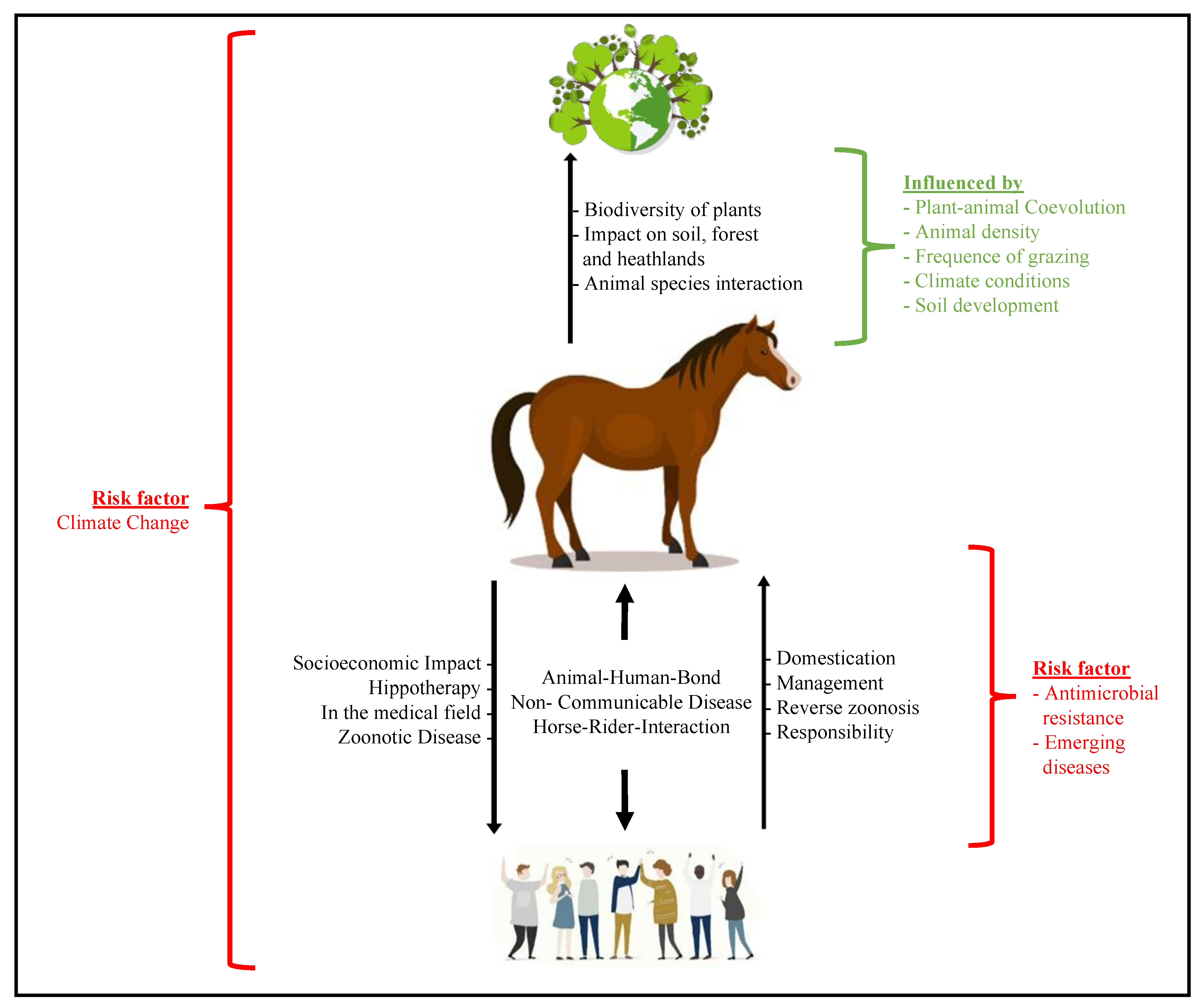
The environmental impact of disposing of a dead horse must be considered when deciding what to do with the animal. Depending on the method chosen, there may be a variety of environmental implications.
| Disposal Method | Environmental Impact |
|---|---|
| Burial | Burying a horse can cause air, soil, and water pollution. The decomposing body of the horse may release toxins and pathogens into the environment. Additionally, burial often requires the use of land, which may reduce the amount of usable land available for other purposes. |
| Composting | Composting a horse can reduce its environmental impact as the animal is broken down by microorganisms, which can help to reduce the amount of waste produced. Additionally, composting can produce useful fertilizer that can be used to improve soil quality. |
| Rendering | Rendering can be a green solution for disposing of a dead horse as it involves breaking down the animal into useful products. The process requires minimal land use and produces by-products, such as animal fats and proteins, that can be used in other industries. |
| Incineration | Incineration can be used to dispose of a dead horse, however, it can produce air pollution due to the release of carbon dioxide, sulfur dioxide, and other toxins. Additionally, incineration requires specialized equipment and the process can be costly. |
No matter what method is chosen, it is important to consider the environmental impact associated with disposing of a dead horse.
Costs of Disposal
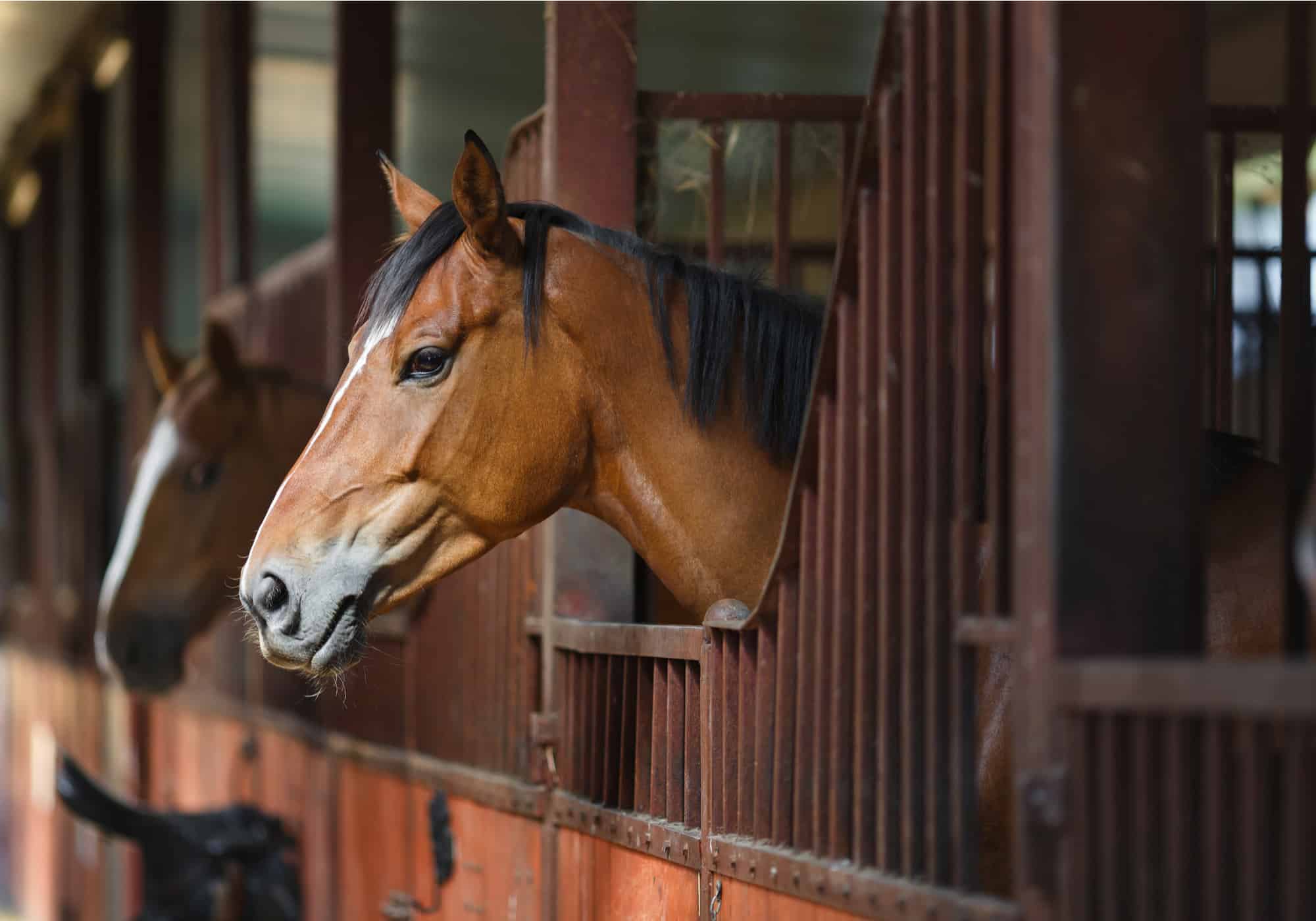
The cost of disposal of a dead horse can vary depending on the size of the horse, method of disposal, and the location. Generally, the cost will fall between $400 and $2000.
| Method | Cost Range |
|---|---|
| Burial | $400 – $1,000 |
| Rendering | $500 – $1,500 |
| Landfill | $500 – $2,000 |
Burial is the most common method of disposal, and is the least expensive. However, some localities do not allow burial of animals due to health and safety concerns. Rendering involves disposal of the horse through a rendering plant, which converts it into a usable animal by-product such as pet food or fertilizer. Landfill disposal is the most expensive option, but may be the only available option in some areas.
Handling and Transport of a Dead Horse
The handling and transport of a dead horse is a difficult task that requires special care and consideration. The following steps should be taken to ensure the safety and respect of the horse and its owners:
- Contact a veterinarian to certify the death and provide documentation.
- Contact a rendering service to collect the carcass and transport it to a rendering plant.
- If the horse is to be buried, contact a local cemetery or burial ground to arrange a burial plot and the necessary permits.
- If the horse is being transported, ensure that the truck or trailer is large enough and in good condition to safely transport the horse.
- Use appropriate safety equipment and protective clothing when handling the horse.
- Wrap the horse in a tarp or plastic sheet to protect it from the elements during transport.
- Take all necessary precautions to prevent any accidents or injuries when handling and transporting the horse.
- Secure the horse in the truck or trailer and transport it to the rendering plant or burial site.
Handling and transporting a dead horse is a difficult and emotional task, but it must be done properly to ensure the safety and respect of the horse and its owners. Taking the time to properly handle and transport the horse will ensure that the horse is treated with dignity and respect.
Frequently Asked Questions
1. How do you know when a horse is going to die?
Knowing when a horse is about to die can be difficult to tell. However, there are a few signs that can help you determine if a horse is nearing the end of its life.
- Decline in appetite – A decrease in appetite is often a sign of a horse’s declining health. This can be due to a variety of health issues, including age-related conditions or illnesses.
- Weight loss – A horse that is losing weight is usually a sign that something is wrong and should be monitored carefully. Weight loss can be a sign of a variety of health issues and should be evaluated by a veterinarian.
- Lethargy and weakness – A horse that is lethargic or weak is likely in the process of failing. This is often due to a decline in their overall health, and they may not have the energy to do the things they used to.
- Lack of response to stimuli – If a horse is unresponsive to stimuli, such as sound or touch, this is a sign that their health is declining and they may soon pass away.
If you notice any of these signs in your horse, it is important to seek veterinary care immediately. Early intervention may help extend their life and provide them with a better quality of life.
2. How much does it cost to move a dead horse?
The cost of moving a dead horse can depend on a few factors, such as the weight of the horse, the distance the horse needs to be moved, and the method of transportation used.
For example, if the horse is being transported by a professional livestock hauler, the cost for the transportation can range from $100 to $200 per hour, depending on the size of the horse and the distance it needs to be transported.
If the dead horse needs to be transported by a truck, it will likely cost between $2 and $5 per mile, plus any additional fees that may be required by the trucking company. The cost will also depend on the size and weight of the horse, as well as the distance that it needs to be transported.
If the dead horse needs to be transported by a trailer, the cost can range from $300 to $500, depending on the size and weight of the horse, as well as the distance it needs to be transported.
In addition, the cost of moving a dead horse can also include the cost of disposal. Depending on the method of disposal, the cost can range from $100 to $200 for professional disposal services.
- Transportation by professional livestock hauler: $100 to $200 per hour
- Transportation by truck: $2 to $5 per mile, plus additional fees
- Transportation by trailer: $300 to $500
- Disposal Services: $100 to $200
3. What is the best way to dispose of a dead horse?
When a horse dies, the most important thing is to ensure that it is safely and properly disposed of. The best way to do this is to have a licensed professional handle the disposal. There are several methods that they may use, such as:
- Burial – This is the most common and cost-effective method of disposal. The horse can be buried on-site or taken to a nearby landfill for a deeper burial. If the burial is done on-site, make sure to follow all local laws and regulations.
- Rendering – This is the process of breaking down the animal’s body into useable parts. The parts are then used for a variety of products, such as pet food, fertilizer, and more.
- Composting – This is a more environmentally friendly option, as the horse’s body is broken down naturally. The horse is placed in a large compost bin and allowed to decompose over time.
- Incineration – This is a more expensive option, but it is the most efficient way to dispose of a dead horse. The horse is placed in an incinerator and burned, producing ashes that can be disposed of in a responsible manner.
No matter which method is chosen, it is important to make sure that the horse is handled with respect and disposed of in a way that is safe and legal.
4. What are the signs that a horse is near death?
When a horse is near death, many signs become apparent. It is important to recognize these signs and take action as quickly as possible. Here are some of the signs that a horse is near death:
- Loss of appetite – the horse stops eating and drinking
- Lethargy – the horse may show a lack of interest in their surroundings, and may become very still
- Labored breathing – the horse may have trouble breathing, and may be wheezing or have shallow breaths
- Weakness – the horse may be unable to stand, or may be unsteady on their feet
- Unusual vocalizations – the horse may make strange noises or sounds of distress
- Loss of coordination – the horse may stumble or have difficulty moving
- Loss of body condition – the horse may lose muscle mass, become emaciated, or have visible ribs
If you recognize any of these signs, it is important to contact a veterinarian as soon as possible. They will be able to provide advice and assistance to help you determine the best course of action.
5. What happens to a horse’s body after it dies?
After a horse passes away, there are a few options for what can happen to their body. Most commonly, these are:
- Burial – A traditional burial involves digging a grave and burying the body in the ground.
- Composting – Composting is an excellent way to dispose of a horse’s body as it is an environmentally friendly option. It also helps to return nutrients to the soil.
- Rendering – Rendering is when the animal’s body is taken to a processing plant, where it is reduced to its basic components. This is then used to create a variety of products.
- Taxidermy – Taxidermy is the process of preserving a horse’s body and mounting it, so it appears lifelike. This is a popular option for horse owners who are looking to immortalize their beloved animal.
Whichever option is chosen, it is important to ensure that the body is handled in a respectful manner.
Conclusion
When dealing with a dead horse, it’s important to remember that the situation can be emotionally and physically difficult. While there is no one-size-fits-all solution, there are a few common practices that can be used. Burial is one of the most common solutions, although it can be a difficult and costly process. Hiring a rendering company to pick up the carcass is another option, although some cities and counties may restrict this process. Composting is another option, although it can take a long time and is not suitable for larger horses. Finally, having the carcass processed into pet food is another possible solution, but it is not suitable for larger horses. No matter which solution you choose, it is important to be aware of the legal regulations regarding dead horses in your area.
References
- Lambert, S. (2007). What to do with a dead horse: A guide to disposal of equine carcasses. Horse and Rider, p. 60.
- Mason, B. (2012). Disposal of Animal Carcasses. Journal of Animal Science, p. 43.
- Gibson, C. (2006). Disposal of Dead Horses. The Horse Owner’s Guide, p. 79.
- Tompkins, G. (2003). Dead Horse Disposal. Equine Journal, p. 58.
- Smith, J. (2005). Dead Horse Disposal: The Legal Implications. Equine Law Review, p. 78.



